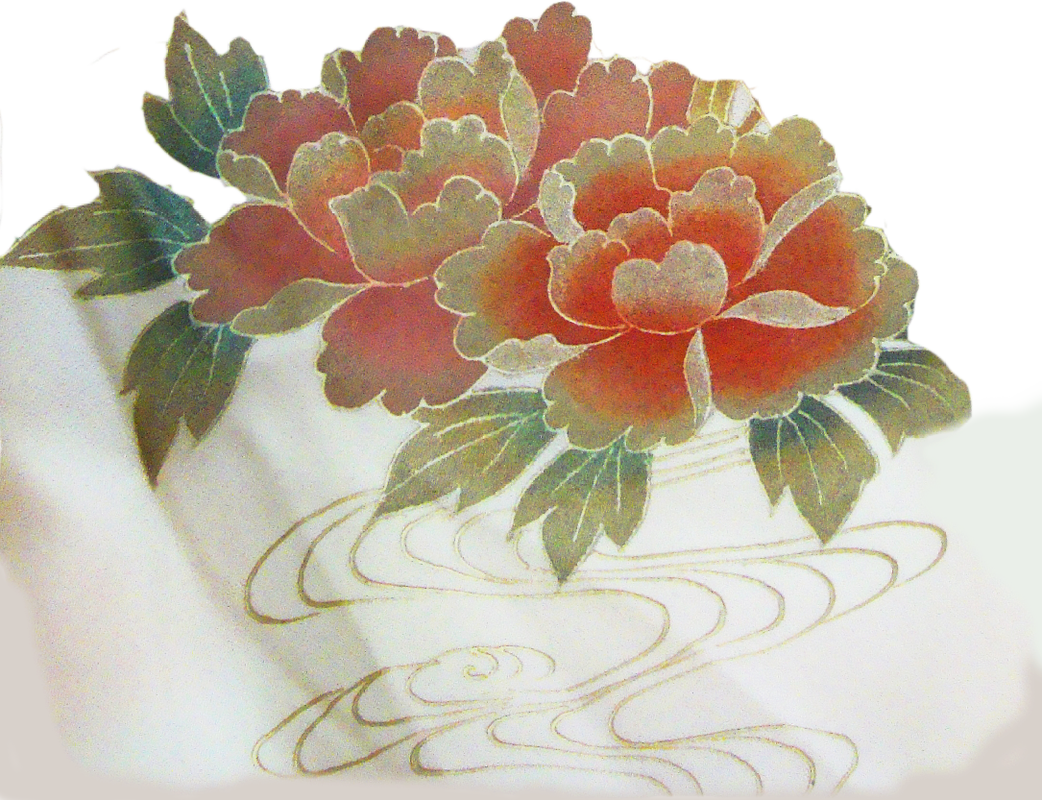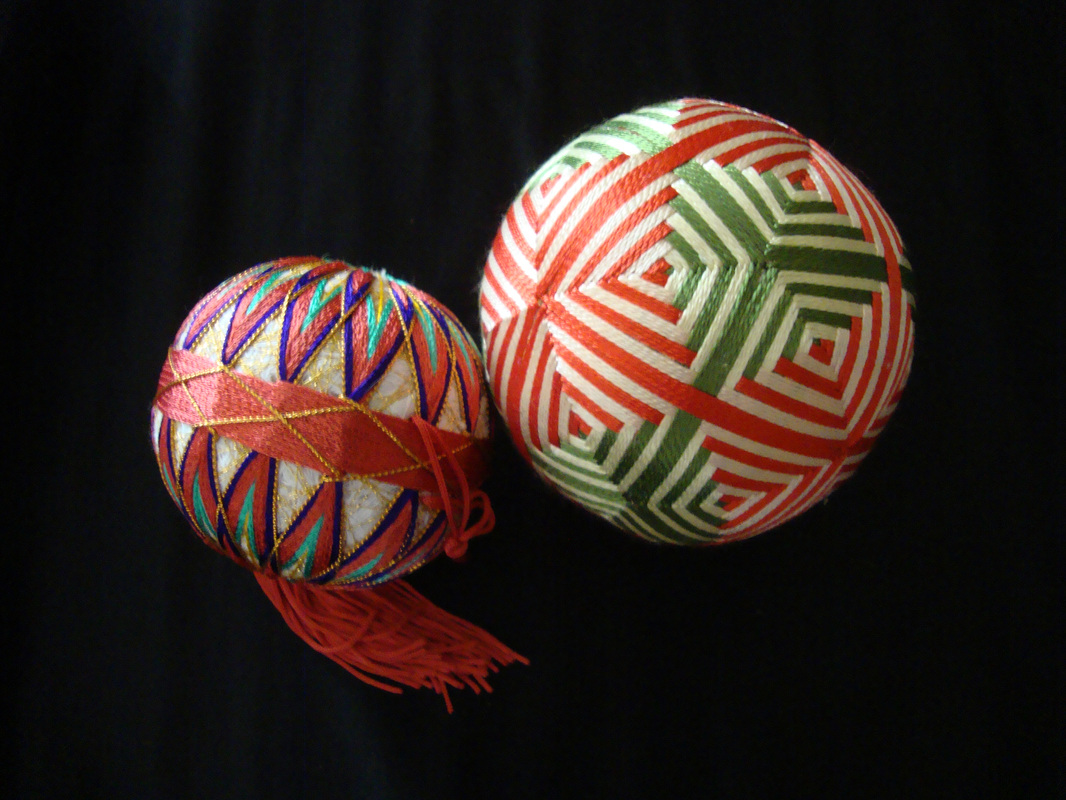Silk kimonos and Obis from Sujata's collection / Suiboku-ga by Sujata Srinivasan
For inquiries contact: brushandthreadarts@gmail.com
For inquiries contact: brushandthreadarts@gmail.com
Nihon ShishuClassical Japanese Embroidery----a tradition to which ‘Nihon Shishu’ belongs, has a very old history. It uses untwisted silk yarn (either as untwisted silk or twisted by the embroiderer to different thicknesses as required) and metal threads. The other tools of the trade are—handmade needles, a wooden frame on which the fabric is carefully mounted and a colour palette of a maximum of 400 silk yarns, grouped from light to dark tones.
Possibly more than most forms of embroidery existing today, the colour palette encourages all kinds of shading and tonal effects and brings ‘Nihon Shishu’ closest to painting.At the same time, unlike other types of Oriental embroidery, ‘Nihon Shishu’ does not believe in a scrupulous reproduction of nature or nature paintings. It rather aims for an effect best described as stylised but nevertheless naturalistic interpretation of elements of nature like flowers, plants, birds, small animals, wind, water etc.
All materials I work with are sourced from Japan. The fabric I work on—old as well as new kimono and obi fabric of which I have a substantial collection built up over the years, is also sourced from Japan .Many of these fabrics are of silk.
‘Nihon Shishu’ is considered one of the most challenging forms of surface decoration in the world today.As expected, it is demanding, time-consuming, labour-intensive and very exclusive. There are hardly more than a handful of practitioners, even in Japan. |
Sumi-e / Suiboku-gaSumi-e is the general name given to charcoal ink painting in Japan. The ink is produced by hand- grinding Sumi (charcoal ink stick) with water, against a stone inkwell. Originating in China,
Sumi-e was introduced to Japan in the 14th century by Japanese monks who travelled to China. Sumi-e has long been associated, both in China and Japan, with ‘Chan’ (Chinese) and ‘Zen’ (Japanese) Buddhism that admired Sumi-e’s jettisoning of the non-essential and embraced the bold, monochromatic strokes with its roots in Calligraphy and Nature. But painting with charcoal ink appears to have also been a leisure pursuit of the literati. Sumi-e has thus always been identified with subjective emotion and an impressionistic response to nature.It is the essence of the subject rather than myriad details that is sought to be represented on paper or silk. The fact that a painting may be completed in a few deft strokes should not obscure us to the fact that it may take years of practice to achieve this ability. Suiboku-ga, akin to Sumi-e is characterised by tonality and shading and is often executed with one brush alone. In one deft stroke, the ‘form’ is delineated, ‘colour’applied and ‘shading’ introduced. In Suiboku-ga, 2 different concentrations of the charcoal ink are produced, and the brush is saturated with ink and water at different levels. “The aim (in Suiboku-ga) is to depict 3 kinds of ink intensities---dark, medium and light-in one single brushstroke” (www.asianbrushpainter.com) I have studied and mainly practice the One Brush stroke art of Suibokuga, although I’m now entering into the more generic realm of Sumi-e, experimenting with the use of several brushes.The brushes are made of the hair of various animals eg, horse, rabbit, badger, wolf etc. and the handmade paper is obtained from several sources. I source all my materials in Japan. Although traditionally, charcoal ink alone was used in the One Brush method, today colours known as “gansai” are also used. The brush technique however, remains the same. |




